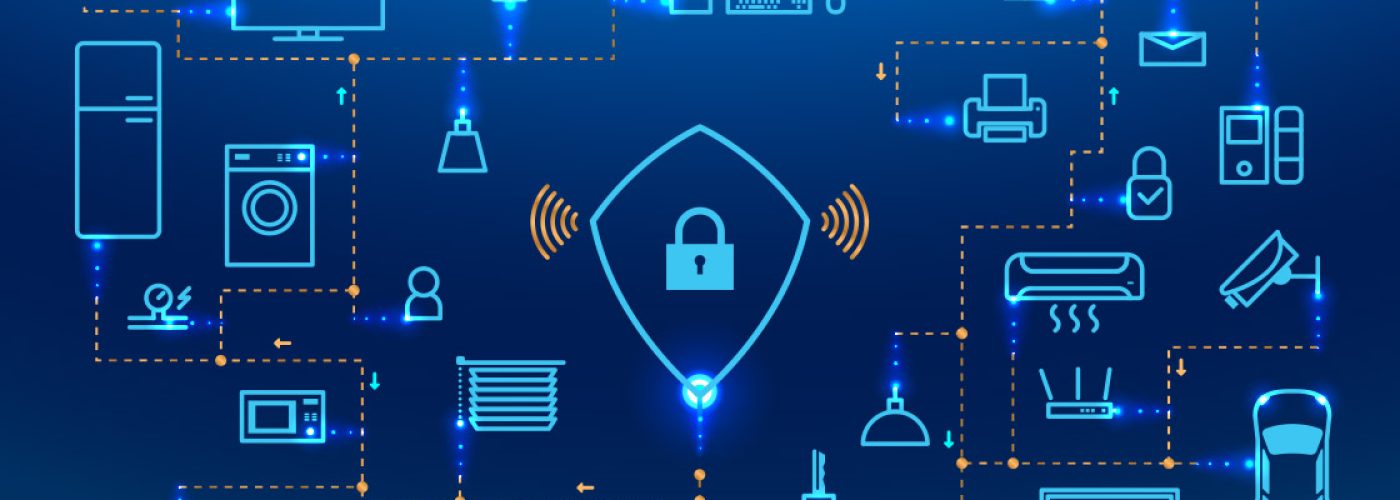The Internet of Things (IoT) is no longer an abstract concept but is now an everyday’s reality. It is projected that there are going to be more than 10 billion actively connected IoT devices in 2021: from smart home appliances to manufacturing IoT machines to automated vehicles.
With today’s IoT devices getting bigger than ever with many businesses looking to continuously scale their IoT deployments, many enterprises are now looking for ways to make global IoT connectivity a reality, in order to scale the IoT deployments into an international and even global scale.
Here, we will discuss the state of global IoT connectivity in 202l, and how we can achieve global IoT connectivity by addressing its key challenges.
Global IoT Connectivity at A Glance
Global IoT connectivity is an idealized concept of a truly connected IoT network where all devices can stay connected even when they are separated by thousands of miles and/or are located in different countries.
To achieve this truly global IoT connectivity, then we will need an ideal IoT connectivity solution that fulfills three key factors:
- Consume as little power as possible
- Has as high bandwidth capability as possible
- Has as long coverage range as possible
At the moment, however, such ideal connectivity doesn’t yet exist. Cellular connectivity with IoT SIM cards is the closest technology allowing global connectivity compared to Wi-Fi, Bluetooth, and other technologies: cellular IoT can cover a long coverage range and high bandwidth capacity.
However, it does have its downside in consuming a lot of power, which can be an issue in IoT deployments where most devices are battery-powered and are deployed remotely. However, at the moment cellular IoT is the only connectivity option that is potentially capable of achieving global IoT connectivity due to how cellular coverage is available virtually everywhere in the world, although there are relatively few network providers that offer truly global coverage.
There are, however, top network providers like Truphone that offer global mobile IoT connectivity solutions, where we can technically connect devices anywhere in the world while also providing an easy-to-use IoT management platform to remotely provision IoT devices that are separated internationally and even globally.
Global IoT connectivity is the dream, and also the future of IoT connections due to a few key reasons:
- Global IoT connectivity means we are no longer confined to specific locations when we want to scale the IoT network, resulting in more freedom and versatility in choosing between different network solutions depending on geographical needs.
- Mobile IoT devices, including autonomous vehicles, are getting more popular in recent years, and will only grow to be even more popular in 2021 and onwards. The further these mobile IoT devices travel, the more needs for true global IoT connectivity will materialize.
- Global IoT connectivity would translate to system reliability: devices are no longer reliant on a single network and can stay connected no matter where they are deployed in the world.
eSIM for Global IoT Connectivity
As we have discussed, cellular IoT connectivity remains the most viable option in achieving global IoT connectivity, but besides the fact that it consumes a lot of power, there are also several challenges preventing a truly global IoT connectivity from traditional cellular networks:
- Global connectivity across multiple carrier networks, countries/regions, and operating systems must be maintained, and very few cellular IoT plans currently offer this
- A comprehensive device management system that allows remote provisioning for individual or bulk device, as well as OTA software updates, to patch security vulnerabilities
- Organizing the connected IoT devices into a functional structure
- Gathering and analyzing operational data from the connected IoT devices to generate actionable insights
- Scalability and flexibility in cost as the IoT network grow
- Automation for certain operations like the execution of specific rules, batch jobs, and automatic alerts
- Security implementations like end-to-end encryption, and so on
These factors can be very difficult to fulfill in traditional cellular connectivity, and this is where the new eSIM technology comes in.
The traditional, physical SIM card we often see in our smartphones and tablets has several limitations in relation to global IoT connectivity: one SIM card is typically paired to a single network provider. Thus, when an IoT device is moved to a different country, then we’ll need to replace the SIM card with a new one from the new network provider.
This can be a major issue in IoT deployments where the devices are deployed in totally remote areas.
The eSIM, or embedded SIM, attempts to answer this issue. eSIM is integrated/embedded into the device, and can connect to different network providers without needing to replace itself with a new SIM card.
As a result, the eSIM offers more versatility in allowing global IoT connectivity, we don’t need to switch to different SIM cards anytime the device needs to change network providers and/or moved to different locations, which is extremely important especially for mobile IoT devices.
eSIM also allows remote provisioning (introducing a brand new device to the network remotely), which is very important in a large-scale IoT deployment that can involve more than thousands of devices.
These benefits solve some key challenges of the global IoT connectivity, allowing IoT devices to connect virtually instantly wherever these devices are deployed in different locations.
Conclusion
While a true global IoT connectivity hasn’t been realized at the moment, cellular IoT remains the most viable connectivity option in achieving this thanks to its huge coverage range that can span between different countries and high bandwidth capabilities. The relatively recent introduction of eSIM has also allowed more versatility in using cellular IoT connectivity to expand IoT deployments on a larger scale.
It is expected that there will be over 25 billion connected devices all around the world by 2025, and thus we can expect the need for global IoT connectivity will only grow to be even more prominent in the near future.





